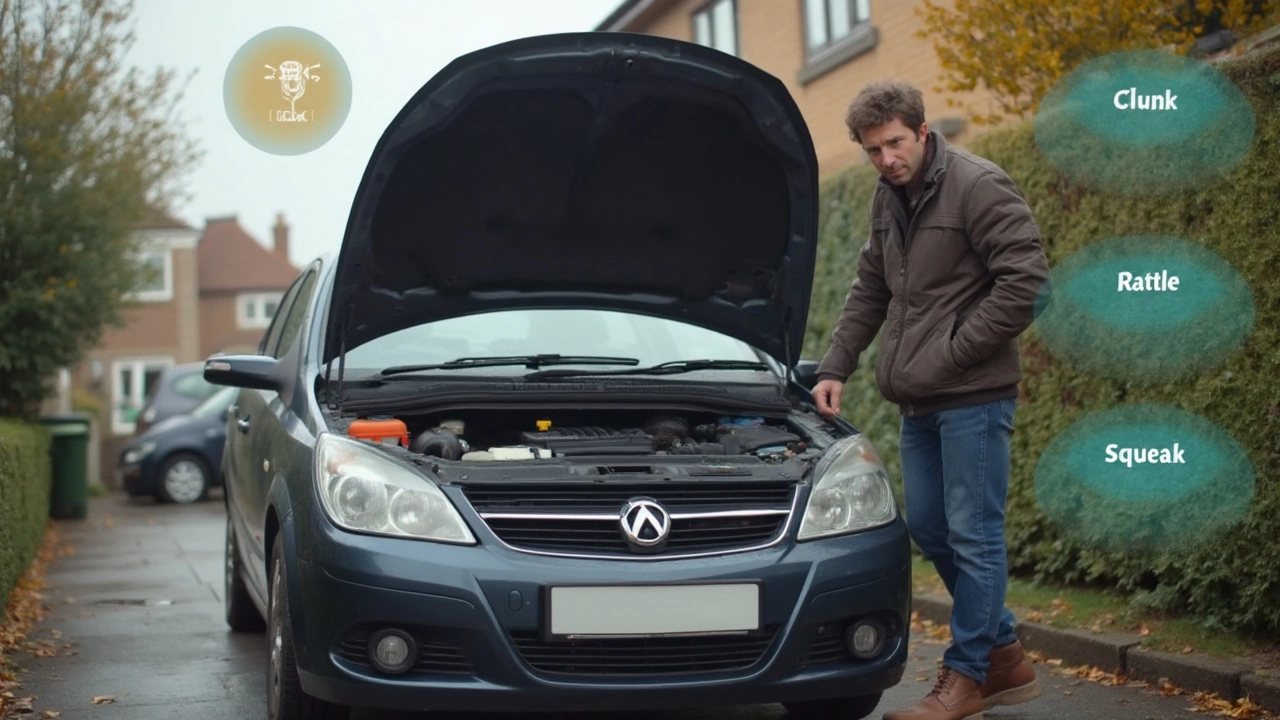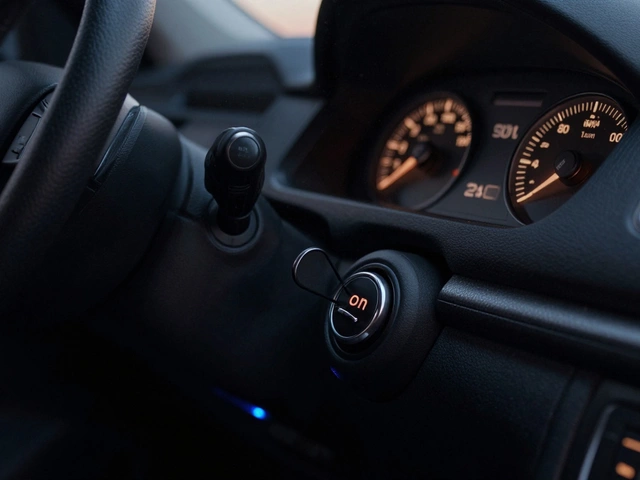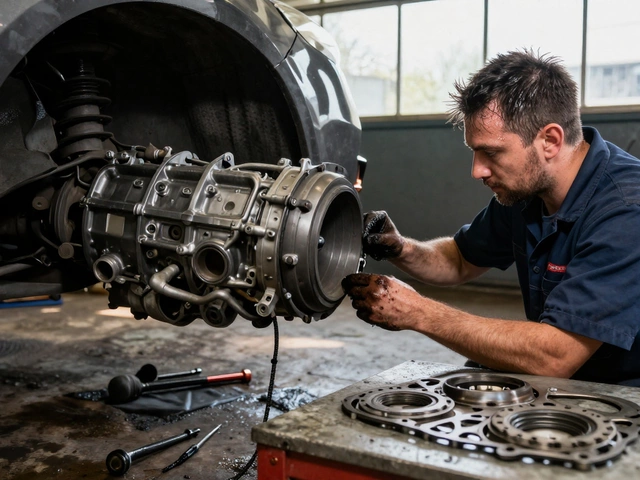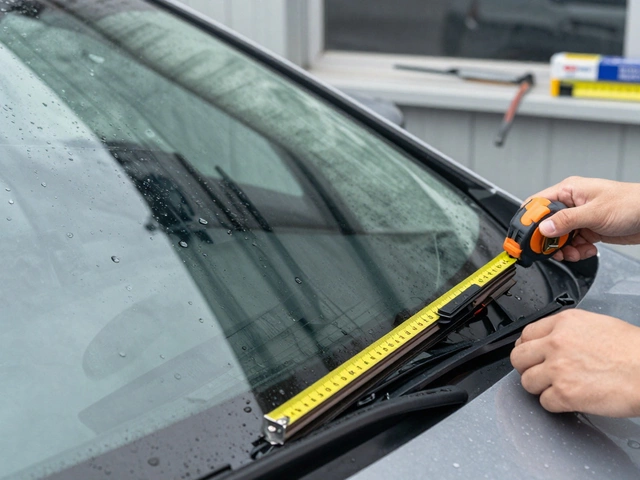Diagnose Suspension Problems: Signs, Causes, and What to Do Next
When you diagnose suspension problems, the process of identifying issues in your car’s shock absorbers, springs, and control arms that affect ride quality and safety. Also known as suspension diagnostics, it’s not just about comfort—it’s about control, braking, and staying safe on the road. A worn suspension doesn’t just make your ride bumpy. It changes how your car handles corners, increases stopping distance, and can even wear out your tires faster. If your car feels like it’s floating over bumps or dives hard when you brake, you’re not imagining it—your suspension is sending you a signal.
Most people notice bad shocks signs, visible symptoms like excessive bouncing, nose-diving during braking, or a clunking noise over bumps. Also known as suspension symptoms, these aren’t minor annoyances—they’re warning signs that your car’s ability to grip the road is fading. Think about it: if your tires aren’t staying flat on the pavement, you’re not steering or stopping as well as you think. And it’s not just shocks. Worn ball joints, broken springs, or damaged control arms can all cause similar issues. You might hear a knocking sound when you turn, or your car might pull to one side even after an alignment. These aren’t random glitches—they’re clues.
What’s tricky is that suspension problems often sneak up on you. You don’t wake up one day with a broken part. You slowly get used to the way your car handles—until one day, it doesn’t feel right anymore. That’s when you need to stop and ask: is this just an old car, or is something failing? The good news? You don’t need a garage to spot the early signs. A simple bounce test—push down hard on each corner of your car and see how many times it rebounds—can tell you a lot. If it bounces more than once or twice, your shocks are likely worn out. Uneven tire wear, especially cupping or scalloping, is another dead giveaway. And if your steering feels loose or vague, that’s not just a steering issue—it’s often tied to worn suspension components.
Ignoring these signs doesn’t just make your drive uncomfortable—it puts you at risk. Studies show that vehicles with worn suspension systems take significantly longer to stop, especially in wet conditions. And in a sudden maneuver, like swerving to avoid an animal or another car, a compromised suspension can lead to loss of control. You wouldn’t drive with bald tires, so why drive with worn shocks? The cost of replacing them is a fraction of what you’ll pay if you cause an accident—or if you damage other parts like your tires or brakes because of the extra stress.
Below, you’ll find real, practical guides from drivers who’ve been there. Learn how to check your shocks at home, spot the difference between a bad shock and a failing strut, and understand why replacing just one side isn’t always enough. You’ll also see how suspension problems can quietly affect your engine, brakes, and alignment. No guesswork. No fluff. Just what you need to know to fix it before it fixes you.





